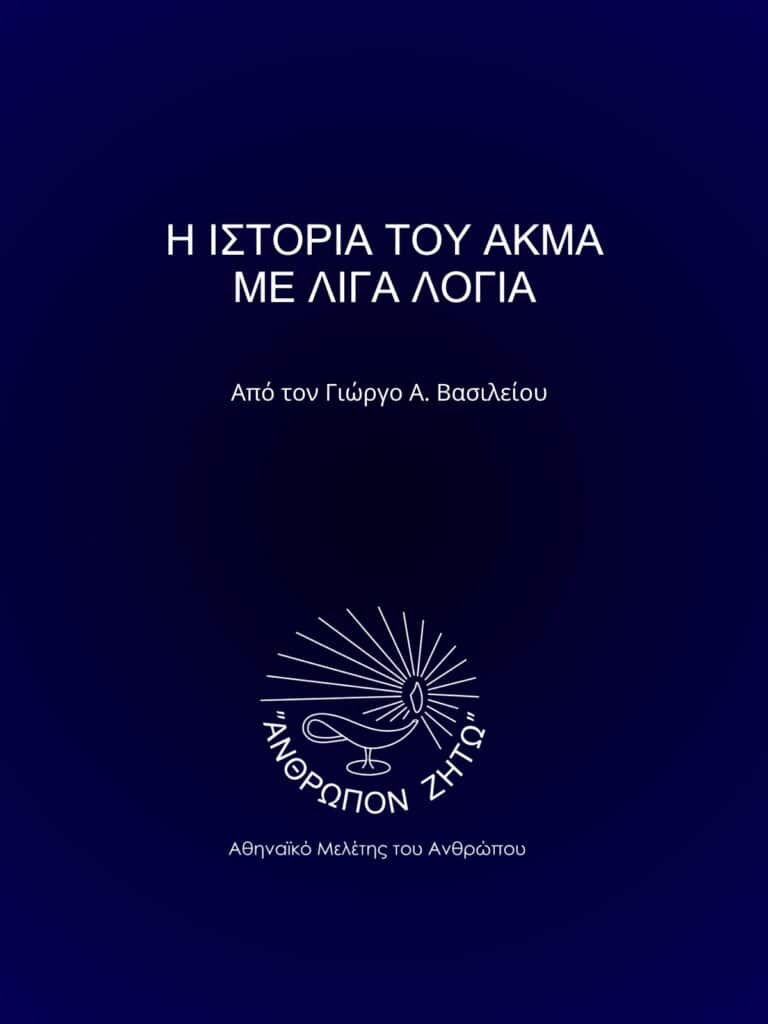
Giorgos and Vasso Vassiliou, graduates of the Medical School of Athens (1953) and Loyola University in Chicago (1962), were the founders of the Athenian Center for the Study of Man (1963). A couple in life and companions in the promotion of the systemic approach as well as group and family therapy, they worked as a psychiatrist and psychologist respectively, with groups throughout their lives.
After completing their basic studies, Giorgos and Vasso Vassiliou completed their clinical training at the Illinois Psychiatric Center, the National Research Hospital in Galesburg, and Loyola University. They subsequently worked as permanent staff members at these institutions, as well as at the Catholic Charities Guidance Center in Chicago.
(Read the article by Ms. Mina Polemi-Todoulou in the Encyclopedia of Couple and Family Therapy.)
“If there is a person, there is also a group,” said Giorgos Vassiliou, encapsulating in this phrase the philosophy of AKMA, whose approach is based on the power of the group and of relationships as tools for personal and collective learning.
Through interaction, interdependence, and exchange—through the sharing of emotions and experiences—people are given the opportunity to process their difficulties, to re-narrate their stories, to discover new perspectives, and to be empowered. In this way, through group processes and collectivity, individuals redefine themselves and their values.”
After their return to Greece and the founding of AIA, Giorgos and Vasso Vassiliou continued to develop their work and technique in Group and Family Therapy. Vasso Vassiliou served as a permanent professor of Psychology (1963–1975) at Pierce – The American College of Greece, and further developed the “Sequence Analysis Technique” for clinical and socio-educational purposes in Family Therapy and Education. They shaped approaches tailored to the specific cultural and social characteristics of the Greek family, drawing from the pioneering research of N. Ackerman, V. Satir, P. Watzlawick, L. Wynne, and other scholars from the Palo Alto group, with whom they maintained longstanding relationships and collaborations since the late 1960s.
Additionally, they developed the “Synallactic Group/Collective Image Technique” for group therapy. This technique is based on “Story Sequence Analysis in the Group Process” by Arnold M., and was adapted by Vasso Vassiliou.
The founders of AIA held prominent positions in international associations. Giorgos Vassiliou served as President of the World Association for Social Psychiatry (1978–1983), President of the Mediterranean Society for Social Psychiatry (1972–1980), the first Vice President of the International Association for Group Psychotherapy (1973–1980), and was a board member of the World Federation for Mental Health (1972–1976). He was also a Corresponding Fellow of the American Psychiatric Association (APA), and together with Vasso, was elected Fellow and Master-Trainer of the American Group Psychotherapy Association. Vasso Vassiliou was elected to the Executive Committee of the International Association for Group Psychotherapy (1973–1980) and to the Board of the International Council of Psychologists (1967–1969, 1975–1977).
The scientific team and hundreds of trainees at AIA worked for decades alongside Giorgos and Vasso Vassiliou, experiencing firsthand what it means to study and serve the human being from different roles—with conscious presence, a systemic perspective, social responsibility, and human warmth.
Throughout AIA’s years of operation, its scientific team and collaborators have dedicated their work to the development, establishment, and supervision of prevention programs that promote the creation of functional groups in medical, educational, and community settings across Greece.
Alongside AIA’s main work in Greece, its collaborators built and maintained solid partnerships with institutions abroad. As key trainers in Family and Group Therapy, they worked with leading educational institutions internationally, conducting training workshops, continuing education seminars, and clinics on applied techniques at major universities, research centers, health and welfare organizations, and scientific associations in over 15 countries in Eastern and Western Europe (including Bulgaria, Cyprus, Croatia, the Czech Republic, Denmark, North Macedonia, Hungary, Italy, Malta, Poland, Portugal, Sweden, Algeria, Serbia, Romania, Turkey, Israel, Russia, and the UK), as well as in North America (USA, Canada, Mexico).
In the years that followed, a series of International Delphic Symposia on Family Therapy were organized: in 1970 in Delphi, in 1972 in Platres, Cyprus, in 1974 in Athens, in 1976 in Opatija, in 1978 in Lisbon, and in 1980 in Nicosia—with Giorgos Vassiliou as President and D. Rubinstein as Co-President. In 1987, an International Conference on Family Therapy was held in Prague, with Virginia Satir as President and Giorgos Vassiliou as Vice President.
On May Day of 1990, the founder of AIA, Giorgos Vassiliou, described in a warm and vivid manner how AIA’s journey began—from the perspective of a “reserve Second Lieutenant Doctor in the Advance Guard Battalion then stationed in Ano Porroia of Mount Belles.”
He begins by saying:
“…The conclusion that had solidified in the mind of that young Second Lieutenant Doctor was that the only possible response to this downward spiral was the creation—within the Greek context—of a Center of Resistance against this entropic disintegration of the Human Being and the systems he must build in order to live: families, groups, communities…”
In the text that follows, the AIA community will learn—or be reminded—about the Vassilious’ years in America, their international collaborations, the Delphic Symposia, the newsletters, and in the appendix, a complete list of the articles and bibliography of Giorgos and Vasso Vassiliou is provided.
The founder of AIA concludes with the following words:
“…In presenting the history of AIA, one would need to analyze the individual contributions of each of the people who started it and of each of the colleagues who joined them—initially as trainees and later as collaborators… However, we inevitably reach the well-known conclusion that the Whole is something more than the sum of its parts, and within it, there can be no division into individual contributions.”

